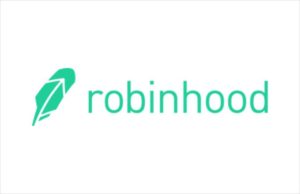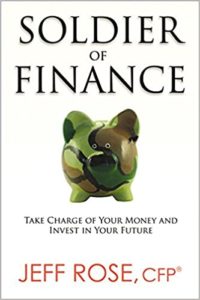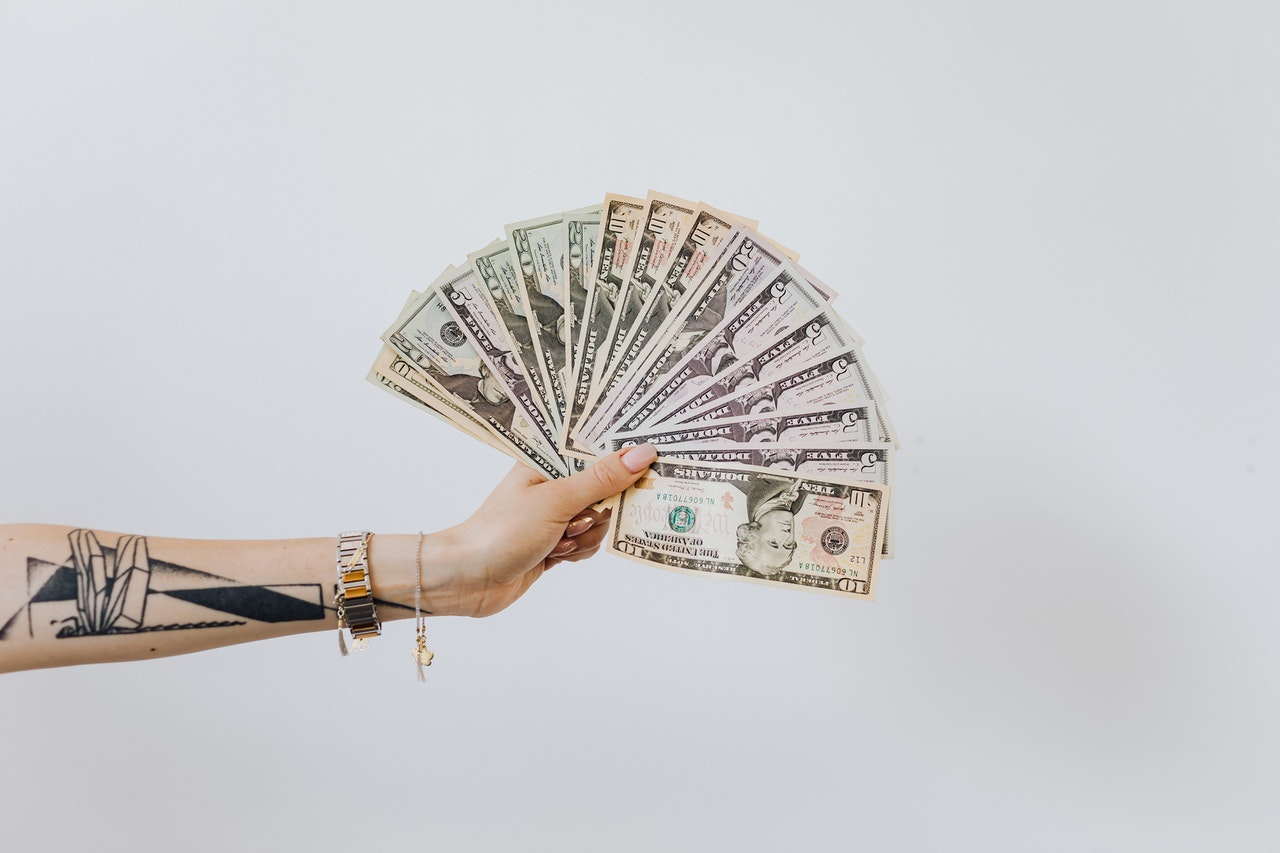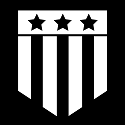How does Robinhood make money?
Since the Robinhood app touts itself on charging no fees or commission, many people may wonder how the company makes money. Robinhood is very straight-forward about how it makes money and lists all of its sources of revenue on its website.
Robinhood does make money through its premium accounts like Robinhood Gold which starts at $5/month. This type of account allows margin trading and other benefits. The company also earns interest from customer cash like banks collect money on cash deposits.
While transactions made through the app are free, there is a $10 charge for any transactions made through a phone call. Robinhood also receives payment for order flow. This is the compensation any brokerage firm receives for directing orders to different parties in trades. This is something that is standard practice in the stock trading industry.
What is Robinhood Cash Management?
As you’re looking through what Robinhood has to offer, you may come across something called Cash Management. This is offered as part of your brokerage account. It lets you use Robinhood Financial for things like investing, spending, and saving.
Any money that is not invested in stocks is put into Robinhood’s network of program banks to start earning a .30% annual percentage yield. But, this amount can change at any time at the banks’ discretion. This type of account can also come with a customized debit card. You also get access to Apple Pay, Google Pay, or Samsung Pay as well as an ACH account number and routing number.
Many people want the Cash Management option but it is currently very limited. That’s why there’s a waitlist for it. To get on the waitlist, you need to have an approved brokerage account before you can upgrade to the Cash Management option.
If you already have an approved brokerage account, you just have to click on “join the waitlist”. Once there is a spot available for you, you will be notified.
What are Robinhood Fractional Shares?
Here’s another term you may have heard thrown around a bit. Robinhood offers fractional shares. This means you can pay as little as $1 for a portion of a share, no matter the share’s full price. So, even if a full share is $500, you may only pay $1 because you are only buying a fraction of it. This is a service that many different brokers offer to help people build a more diversified portfolio.
So, even if you don’t have a lot of money to invest, you still have the chance to buy into more companies. Fractional shares are traded in real dollar amounts or share amounts. Stocks worth over $1.00 per share with a market capitalization over $25,000,000 are eligible for fractional shares.
Does Robinhood offer stack loans?
As of this writing, there is no evidence to show that the Robinhood app offers stack loans. Instead, it offers something called “margin investing”. Margin investing allows you to borrow money from Robinhood to buy stocks. This lets you invest more money because you not only have your own money, but you also have the money you borrowed from Robinhood. While you could make more money, there’s also a chance you could lose more money. That’s an important fact to keep in mind.
Some people like the margin investing option because it allows them to invest right away if they see an opportunity rather than having to make a deposit from their bank. Users who also sign up for a Robinhood Gold account receive extra buying power. This amount is the money you’re allowed to borrow from Robinhood to invest. One of the good things about the margin investing option is that Robinhood has borrowing limits to cap how much margin you use. By setting a limit, you can restrict the amount of money you’re allowed to borrow. With the gold account, you can adjust or remove this limit at any time. Some people like this option because it can prevent things from getting out of control.
But, with margin investing, you need to be aware that any stocks you bought on margin will affect your account value. If you lose money, the amount is deducted from your account, not the money you borrowed. In that instance, you not only lose money that you invested but you also still owe the money you borrowed.
Robinhood App Pros and Cons
When looking at the Robinhood app and Robinhood app reviews, it’s important to look at the pros and cons.
| Pros | Cons |
| $0 account minimum | Does not support mutual funds and bonds |
| $0 stock trading costs and $0 options trades | No automatic dividend reinvestment, all money is credited as cash |
| All available ETF trades are commission-free | Supports only individual taxable accounts |
| Includes customizable alerts, news feed, candlestick charts | Limited customer support |
| Allows fractional shares | |
| Easy to use for beginner investors | |
| Listen to live to earnings calls | |







